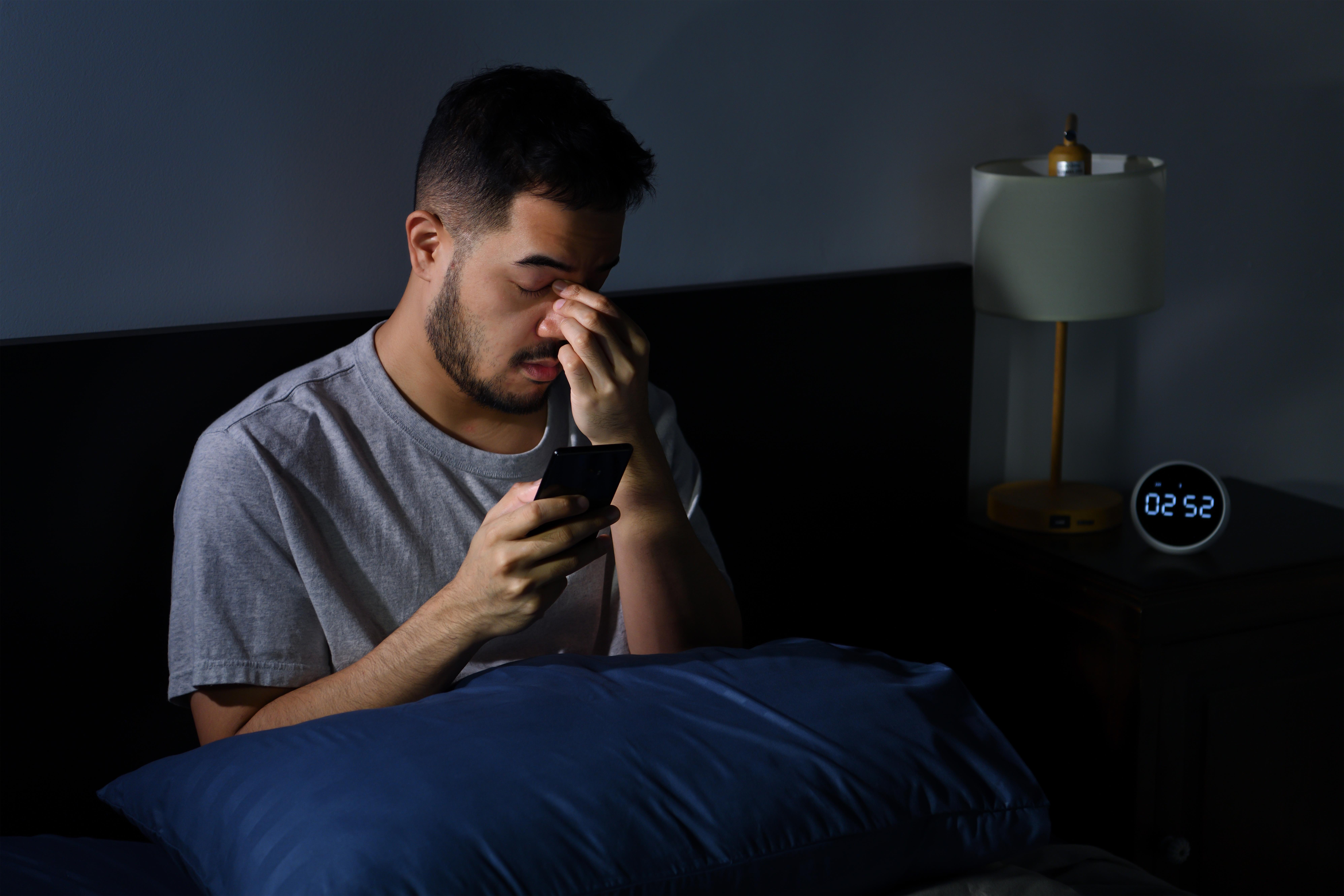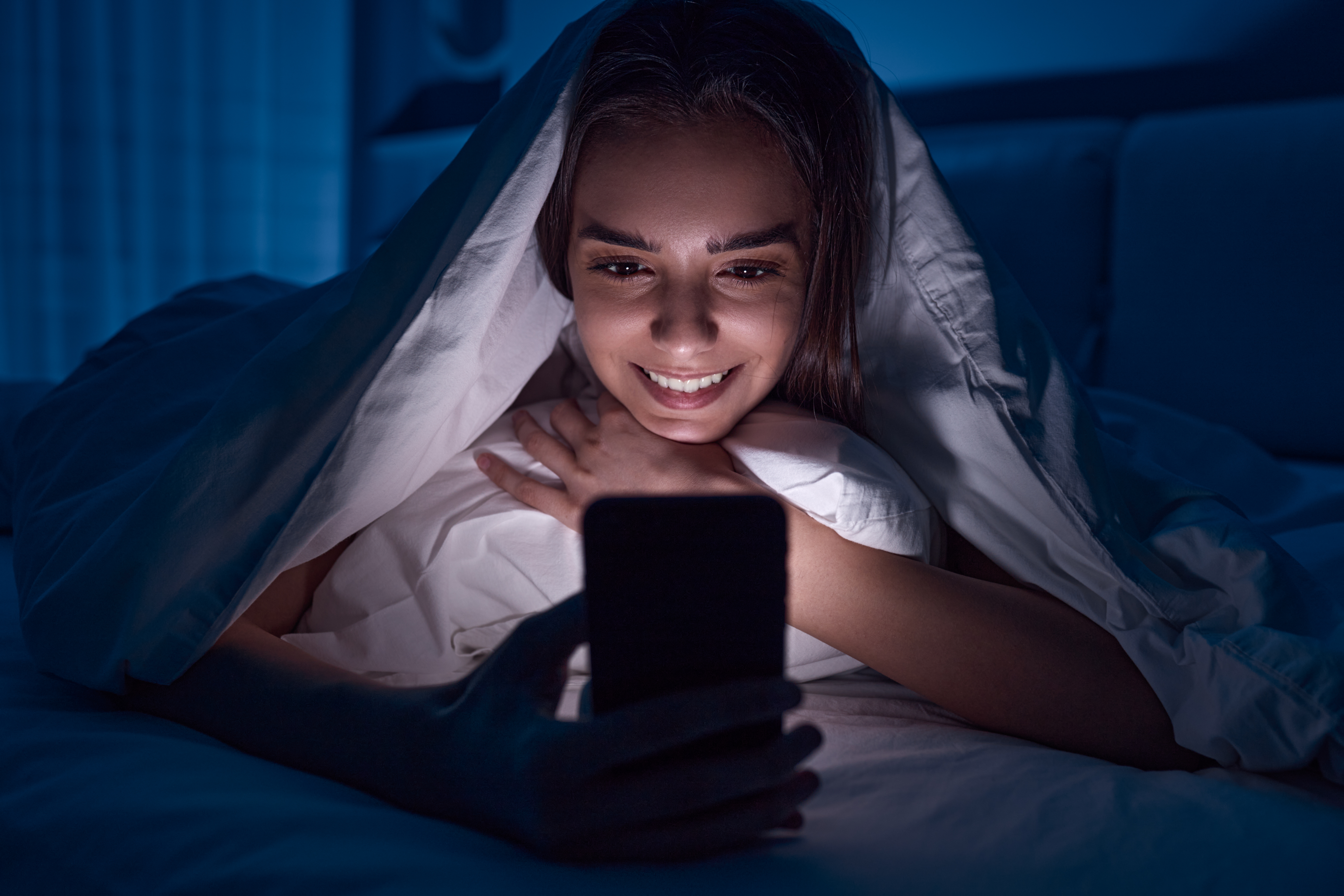10 Ways Late-Night Screens Ruin Your Sleep And Health
5. The Role of Screen Time in Insomnia and Sleep Disorders

Insomnia and other sleep disorders are increasingly linked to excessive screen time, particularly in the hours leading up to bedtime. Insomnia is characterized by difficulty falling asleep, staying asleep, or waking up too early, and it can have profound effects on daily life. The blue light emitted by screens can delay the release of melatonin, making it harder to fall asleep and stay asleep. This disruption can lead to a cycle of insomnia, where individuals struggle to get the rest they need, leading to daytime fatigue and irritability. Screen time can also contribute to other sleep disorders, such as delayed sleep phase disorder (DSPD), where individuals have a natural tendency to fall asleep and wake up later than usual. This disorder is particularly common among adolescents and young adults, who are often more exposed to screens late at night. The stimulation from engaging with digital content can further delay sleep onset, exacerbating the symptoms of DSPD and leading to a misalignment with societal schedules. Addressing the role of screen time in insomnia and sleep disorders requires a multifaceted approach. Behavioral interventions, such as cognitive-behavioral therapy for insomnia (CBT-I), can help individuals develop healthier sleep habits and reduce screen exposure before bed. Additionally, technological solutions, such as blue light filters and apps that limit screen time, can support efforts to improve sleep hygiene. By understanding the connection between screen time and sleep disorders, individuals can take proactive steps to prioritize their sleep health.
6. Strategies to Mitigate the Effects of Screen Glow

Mitigating the effects of late-night screen glow requires a combination of behavioral changes and technological solutions. One effective strategy is to establish a consistent bedtime routine that includes winding down without screens. Engaging in relaxing activities, such as reading a book or practicing meditation, can signal to the brain that it's time to prepare for sleep. Creating a screen-free zone in the bedroom can also help reinforce the association between the bedroom and sleep, reducing the temptation to engage with screens before bed. Technological solutions can also play a role in minimizing the impact of screen glow. Many devices now offer blue light filters or "night mode" settings, which reduce the amount of blue light emitted by screens. These settings can be scheduled to activate automatically in the evening, helping to minimize disruption to the circadian rhythm. Additionally, apps that track screen time and provide reminders to take breaks can support efforts to reduce overall screen exposure, promoting healthier sleep patterns. Another strategy is to prioritize natural light exposure during the day. Spending time outdoors and allowing natural light to regulate the body's internal clock can help counteract the effects of artificial light exposure at night. By combining behavioral changes with technological solutions, individuals can effectively mitigate the effects of screen glow and improve their sleep quality. These strategies empower individuals to take control of their sleep environment and make informed choices about their screen habits.
